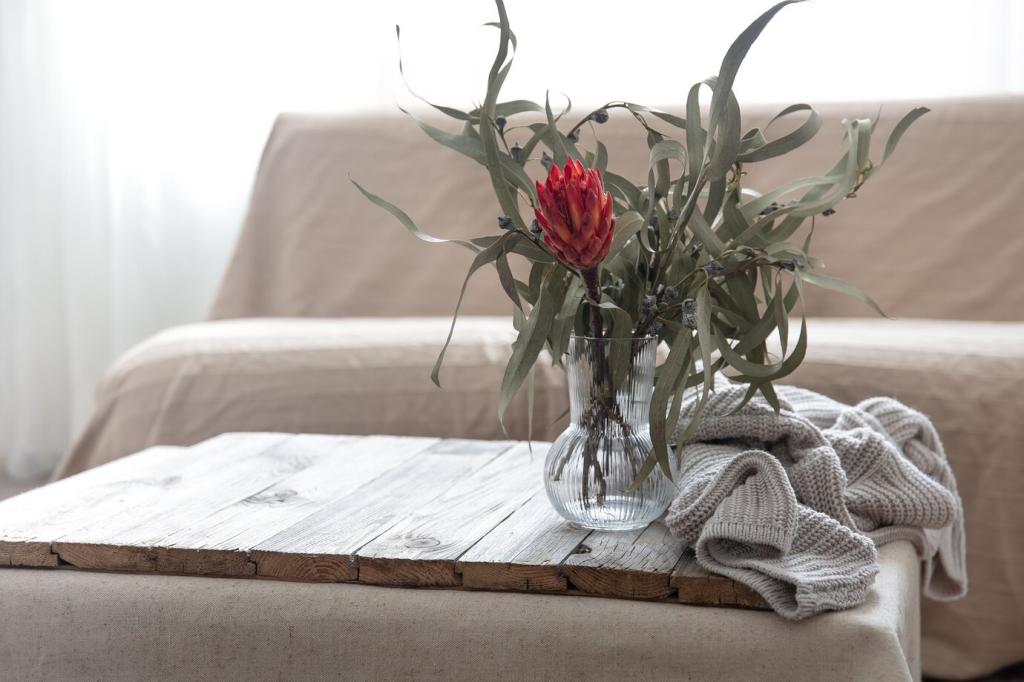This website uses cookies so that we can provide you with the best user experience possible. Cookie information is stored in your browser and performs functions such as recognising you when you return to our website and helping our team to understand which sections of the website you find most interesting and useful.
Energy-efficient interior design solutions focus on creating living and working spaces that minimize energy consumption while maximizing comfort and style. These solutions incorporate innovative materials, technologies, and design principles that reduce the environmental footprint of homes and offices. By integrating sustainable practices, such as smart lighting and insulation, energy efficiency is achieved without compromising aesthetics or functionality. This approach not only helps lower utility costs but also contributes to a healthier planet by reducing carbon emissions associated with energy production. Understanding these strategies allows designers and homeowners alike to make informed choices, leading to sustainable and economically sensible interiors.


Automated Lighting Controls

Energy Monitoring Systems


